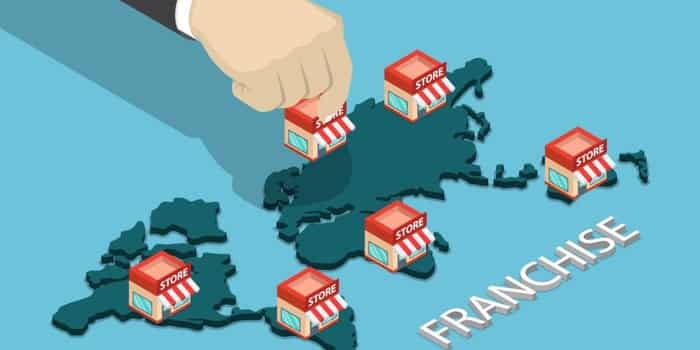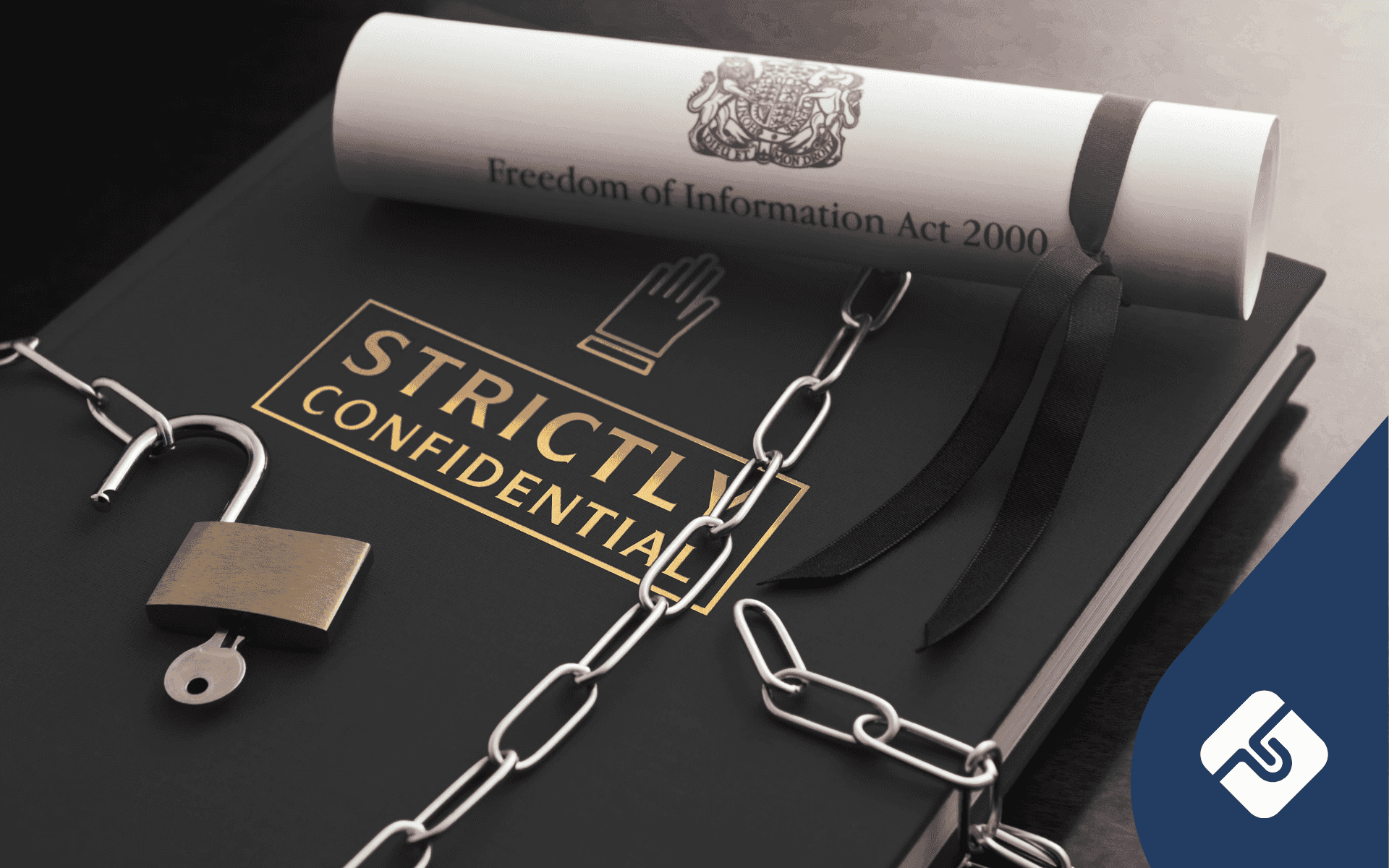So, your business is a success and you’re ready to expand. You have a strong brand, loyal customers and the capital backing. You have patented the idea, trademarked the name. But, what’s the next step? Licensing and franchising are options are frequently used by small businesses looking to move into new markets or capitalise on brand awareness.
Often confused for one another, the two have their own roles within business and regularly overlap in operation. Both are embedded firmly within intellectual property (IP) law. In each, you, as the owner of the idea, retain ownership of your business and its branding whilst allowing others to use certain aspects for a fee (royalties).
The biggest differences between the two lie in what aspects you allow others to use. Understanding this better will allow you to make more informed decisions on what next steps to take to ensure your business’s continued success. Here’s everything you need to know.
Licensing
Licensing involves allowing other individuals or companies to use your brand name, image or product for a fee.
It can vary widely between business models. Here we discuss the two key forms: product and brand licensing.
Product licensing
Developing the next big thing is a lot of new business’s dreams. To be able to separate yourself from all other competition and innovate will generally result in greater profits and success. However, unless your singular idea makes all other competition redundant, it’s often difficult to expand your market share effectively.
Here, licensing your product is an easy way to generate passive income. There are two options, dependant on your product, that you can license to:
- Other competitors
- Consumers
Licensing to competitors is a strong way of expanding your market share.
For example, your electric car company has developed a more efficient battery for use in its cars. Licensing the battery design to other electric car companies not only generates more income as they pay you royalties for its use, but it improves your brand image.
Alternatively, where your product is IP you may want to license to consumers. A great example of this is software companies like Microsoft. When you purchase their operating systems, you are actually licensing the system from them as they retain all rights and control over the product. Once you have it, it is not yours to modify. But, Microsoft generates income from you using it for a fee.
Brand and image licensing
This is generally only reserved for businesses who have achieved such success that they are a household name when it comes to their brand.
Before considering this route the first question to ask is ‘are people asking for my brand first?’.
For example, high-end fashion labels don’t necessarily create clothing where the quality directly matches the price-tag (not to knock on any particular brands). There’s only so much that can be put into the quality of a t-shirt before its price begins reflecting an inflated profit margin. Yet, people continue to purchase these products due to brand image strength.
Here is where brand licensing becomes an option to expand your business. Licensing your brand’s name or image to other companies who develop other products will not only drive your own profits but further expand your own brand image. This is why you see these perfumes or cosmetics with fashion labels attached to them. These aren’t being developed internally and are often licensed out to a third-party company.
There is, of course, a risk here. Staying on brand is important to ensure your brand isn’t devalued. Licensing to products that are too far removed from your image may change how your brand is perceived. Always keep in mind where your brand image strength lies.
Branch licensing is generally reserved for the top brands, but if you feel it’s time to expand contact a licensing lawyer.
Franchising
Franchising is likely a term you’re very aware of and immediately associate with McDonald’s. This is with good reason, as McDonald’s is a great example of how to successfully franchise a business. So, we’ll use it as an example to illustrate what this actually means.
Very similar to licensing, franchising involves you (the franchisor) retaining control of the business and licensing it to others (the franchisees) for a fee. Where it differs from typical licensing, is that here you are licensing the right to use the entire business model. This includes any branding, products or processes.
So, for our McDonald’s example, consider how the experience of visiting one is. Every McDonald’s has the same menu, same general layout and same experience. This is by design. Under the franchising agreement, the franchisor of McDonald’s has allowed each franchisee to use its fast-food restaurant model.
The exchange here is that the franchisee gets to piggyback off the success and strength of the McDonalds brand. Meanwhile, McDonald’s takes a cut of the restaurant’s profits and expands it’s brand image further.
Take note though, that like with licensing your brand image will remain wherever you franchise. The reason McDonald’s is so consistent is that it wants to retain its brand image strength. If individual restaurants fail to maintain this consistency, it hurts the brand as a whole. This is why retaining control of the business is so important to the franchisor.
Therefore, to franchise it is important that your business model is proven and desirable. Beyond buying into the brand image, people must want to mimic your business model to successfully franchise it.
Concluding
Ultimately, each option has its own benefits dependant on your businesses brand and model. However, brand image vulnerability also exists within these. Always weigh your options and consider the benefits against the rewards before making decisions like these.







